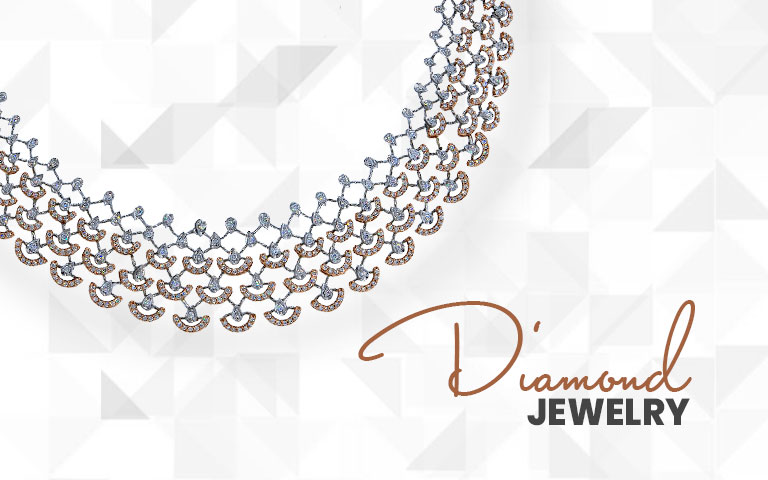
Diamond Jewelry
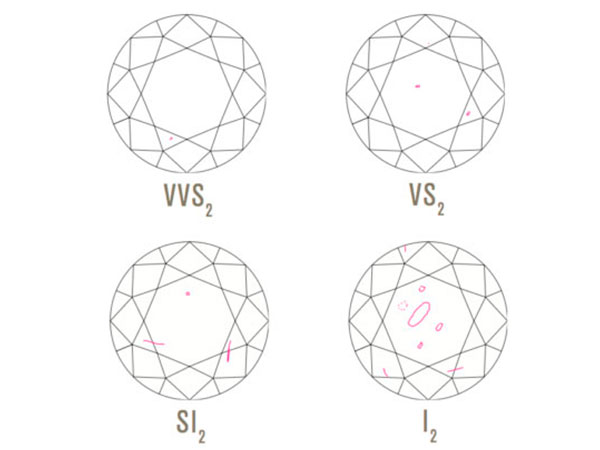
What is Clarity?
“Almost all diamonds have slight internal and surface characteristics, most of them too small to be seen by the unaided eye. When viewed using a magnification of 10X, they can take various forms such as tiny crystals, clouds or feathers. To determine a diamond''s clarity grade, a gemologist will consider its size, location, quantity and nature. Diamonds possessing no such characteristics are categorized as Flawless (FL) or Internally Flawless (IF). In general, the greater the imperfections are in number and size, the lower the clarity grade.”
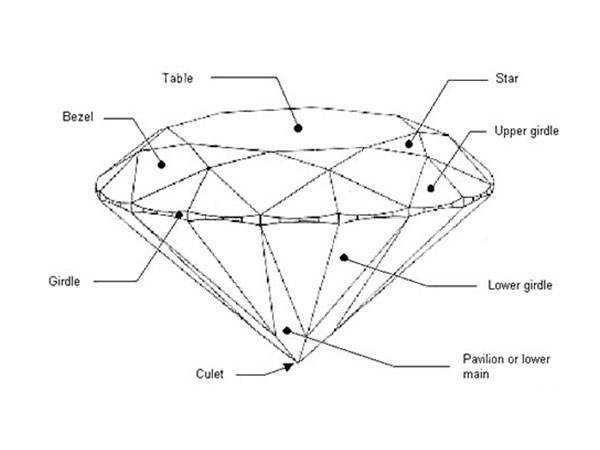
What is Cut?
“The beauty of a diamond''s sparkle is the result of how well it has been cut. The aspects of cut that contribute most to a diamond''s beauty are proportion, symmetry and polish. Although nature determines the characteristics of a piece of diamond rough, the hands of the master cutter release its fire and brilliance. When a diamond is cut to exacting proportions—neither too deep nor too shallow—light will reflect inside the stone from one mirror-like facet to another and reappear to the eye in a flash of spectral colors.”
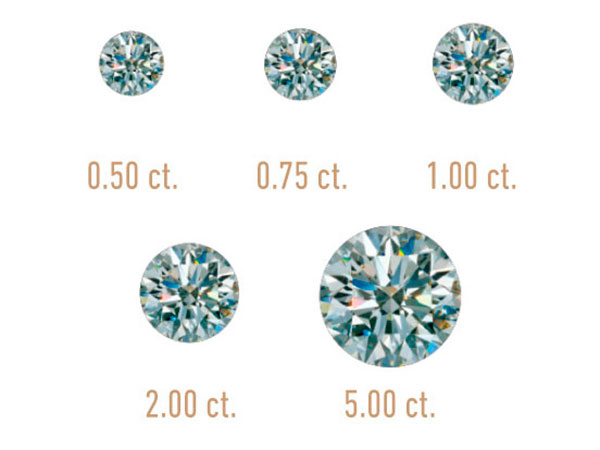
What is Carat?
“A diamond''s size is measured by weight, expressed in carats divided into points. A carat equals 100 points or 1/5 of a gram. Diamonds of higher carat weight are generally more valuable because they are found less frequently in nature. But diamonds of equal carat weight may vary greatly in value because they differ in the quality of their cut, color and clarity. Therefore weight alone is a poor guide for evaluating a diamond, since it is a complex combination of factors that determines a diamond''s beauty and quality.”
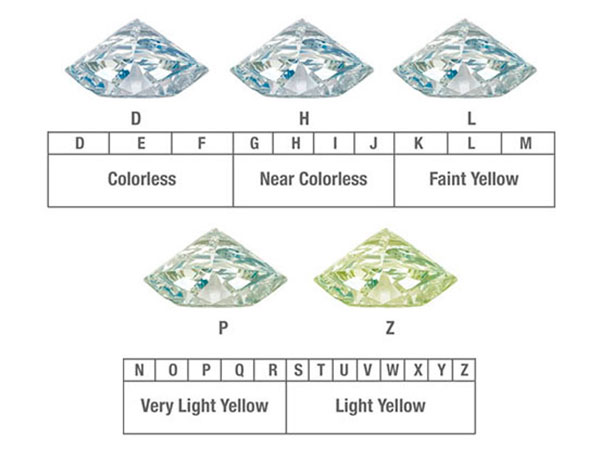
What is Color?
“Though diamonds are transparent, almost all diamonds display some slight hint of color. A diamond''s color is assessed against a scale from D through Z —based on a standardized color grading system that has been internationally accepted since the 1950s. Diamonds from the top three grades (D,E, and F) are deemed colorless; they are the rarest and the most valuable.”
Diamond Fluorescence
In gemology, fluorescence refers to the property some diamonds have of glowing when exposed to ultraviolet light. When such diamonds are observed under incandescent or natural light, they can often have a milky appearance—even when they have good clarity.

